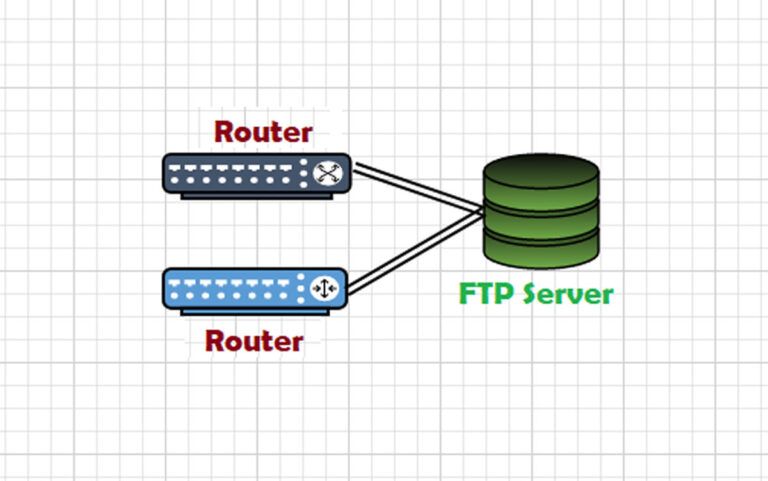Cisco EEM Essentials: Streamlining Operations Now
Embedded Event Manager or Cisco EEM is a software component of Cisco IOS that allows network engineers to automate networking tasks, respond to certain types of events, and improve the intelligence of Cisco networking devices. EEM detects real-time network event reporting and tracking. It automates different tasks by using applets and scripts. EEM is embedded in the Cisco IOS, so there will be no need for an external controller or monitoring tool.
Applets and scripts are used in Cisco EEM. Applets is a series of commands within a CLI. It is created using the “event manager applet”. Applets are designed to respond to a certain type of traffic, such as syslog messages, and SNMP traps. Applets are created in this way.
Event manager applet InterfaceStatusCheck
Event syslog pattern
Action 1.0 match
A script is a set of applets or sequences of actions. In general, it is a sequence of commands executed in response to a particular event. Scripts are written in tool command language (TCL).
Applets are scripts that are the integrated components of EEM that automate tasks and certain types of events. It improves the overall reliability and efficiency of a network.
Auto_Rcovery of FastEthernet0/0 Via Cisco EEM
I am going to write an applet for automatic interface recovery. When the interface fastethernet0/0 of a router goes down, then it should recover automatically. The network administrator should recover it manually, but it should be recovered through the EEM applet.

Auto-Recovery Interface is our applet name. In the 2nd line when a pattern matches with the Syslog message “. *FastEthernet0/0.down. *”, then it will configure the interface with auto as shown in the above screenshot.
Suppose we want to shut down the interface fast Ethernet 0/0 of a router R1. Then, see the result of a Router in the below screenshot:

You can see from the above command that the router automates itself to recover its interface from shutdown
Saving configuration to NVRAM
If a network administrator wants to save the running configuration after every hour, then he can simply follow the following Cisco EEM script to automate it.

The first command is the EEM applet name “save_running_config”. The 2nd command sets the timer to occur. The keyword “watchdog” indicates a timer event, while the time 3600 is equal to one hour. In action 1.0, it configures the router to go to the privilege level. Action 2.0 runs the command “copy running-config startup-config”. While the last action 3.0 displays the msg ” Running-configuration has been saved to nvram “.





